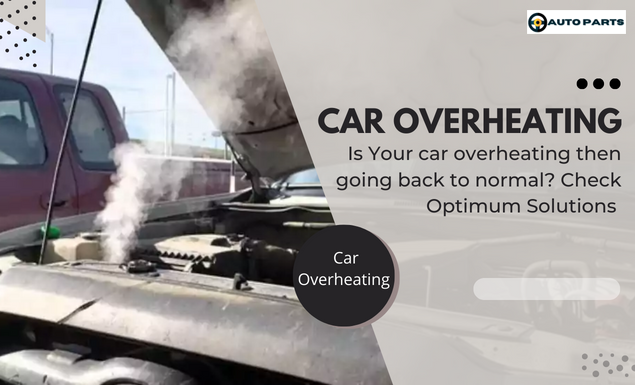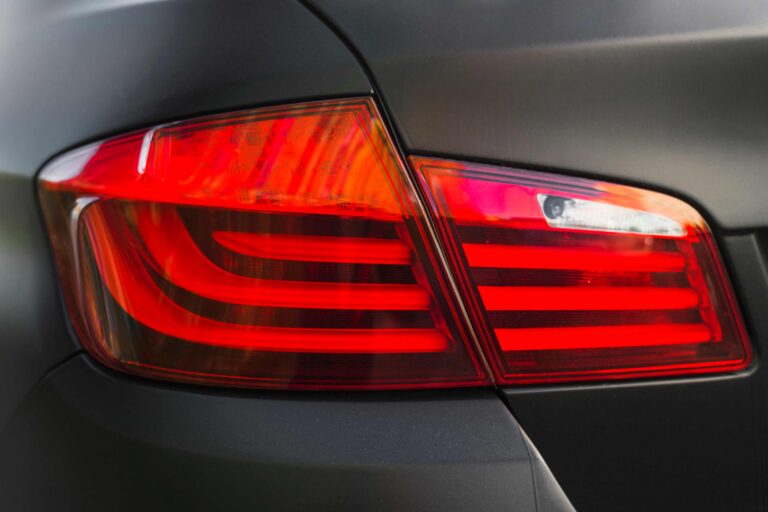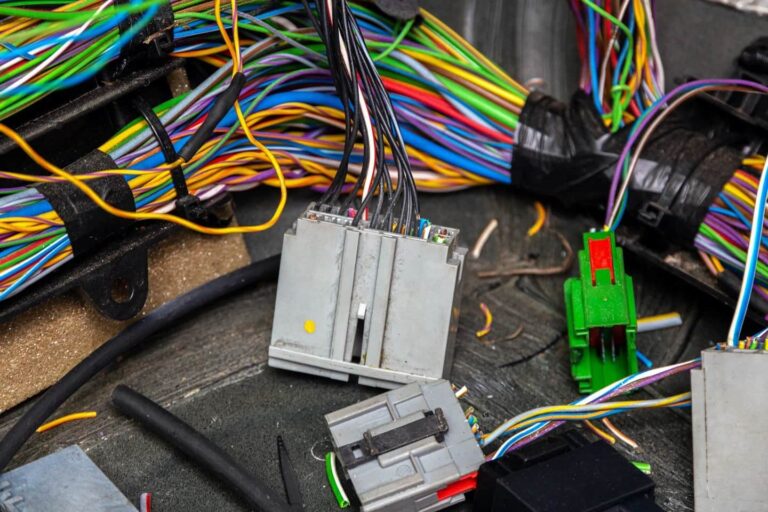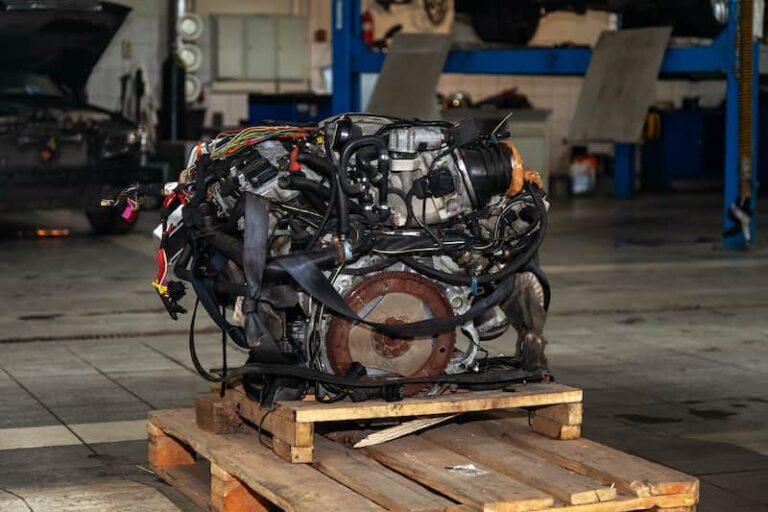The car overheating then going back to normal The car temperature gauge is just a dial that indicates how hot or cold the coolant in your engine is. Under normal conditions, your car’s temperature gauge should gradually rise after you start the engine and travel a short distance. Several factors can cause the needle on your car’s temperature gauge to move erratically up and down.
Table of Contents
ToggleWhat causes the temperature gauge in my car to rise and fall?
car temperature gauge rises then falls. This anomaly is caused by a variety of factors. Most of the time, some of the cooling component’s working parts have gone wrong. For example, if the temperature gauge varies between normal & hot, you must suspect a fault-sensitive and low-cost thermostat.
Thermostat Is Stuck Closed
The thermostat controls the temperature of the coolant before this returns to the engine to cool it. Though the thermostat is relatively inexpensive and replaceable, it can cause problems for your vehicle when it fails. If it becomes stuck and rejects to open, coolant will not flow to the engine to cool it. This induces the engine to fire up.
Most cars manufactured after the 1980s had a closed-circuit type of coolant with a reservoir tank with a visible marking to decide the coolant level. To prevent coolant leakage, this level must be checked on a regular basis. If you notice a minor leak, you should address it right away because a low coolant amount can cause your car’s temperature to fluctuate.
If your thermostat is partially stuck, your car’s temperature will undoubtedly drop while driving. This is because coolant is continuously getting released into the engine, causing the temperature to fall rather than rise.
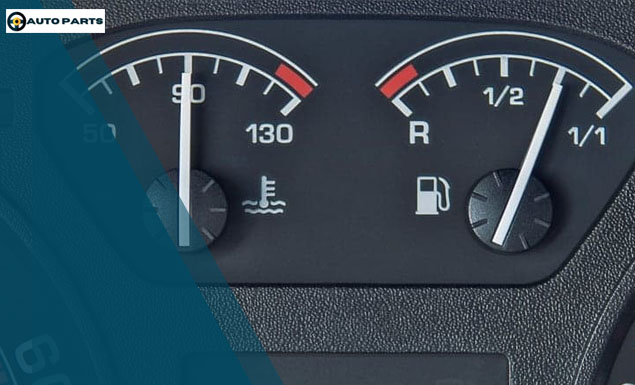
When a thermostat is properly functioning, it only allows warm or cool coolant into the engine, thereby regulating the temperature level of the car engine. Though a particular stuck thermostat will not necessarily harm your vehicle, it will increase fuel consumption. You are therefore advised to replace the inexpensive thermostat rather than spend a lot of money on fuel. If the thermostat is working properly, the gauge may simply be broken.
Overheating of the engine
Car runs hot while driving, experts have confirmed that when your engine temperature rises above 2300F, it is said to be overheated. If the temperature increases above 2450F, your engine could suffer extensive damage. This is yet another reason to be wary of an overheated engine.
Aside from a faulty battery, among the numerous reasons your car actually won’t start is that it has overheated, resulting in a significant loss of coolant.
The high temperature could further warp the cylinder head, reducing the pressure required by the engine to start the car.
If the problem is not addressed, the pistons will end up wielding themselves into the cylinder, which will be disastrous for your car’s engine.
Another similar issue you may recognize in your car is that the temperature gauge ends up going straight up. Your first thought may be that your engine is overheating. You’re only half right! Several factors can contribute to your car’s temperature suddenly rising.
Your thermostat could be broken, or your car’s coolant level could be low. In either case, there is insufficient cooling system circulation to cool the running engine, causing it to overheat.
Poor Radiator Fan
The radiator fan is close to the reservoir tank. When your car is just not moving fast enough just to draw in air, the fan is to pull it in through the radiator. A failing fan can cause erratic behavior and overheat of your engine. A faulty radiator fan can cause the temperature gauge to fluctuate.
Blown Head Gasket
Car intermittently overheating Perhaps you’ve noticed recently that your car’s temperature gauge rises and then falls. The most likely cause of this irregularity is a defective head gasket. The head gasket, which is located between the cylinder and the engine block, keeps internal combustion going. It enables easy coolant and oil circulation throughout the engine for cooling and lubrication.
Due to severe engine overheating, a head gasket could become warped, allowing oil and coolant to mix and form oil-coolant. If the oil in the coolant flows around the engine and radiator, it can cause clogs and sediments to form all along coolant passageways. Clogs can block the passage of coolant, resulting in an overheated engine.
A car with a faulty head gasket usually won’t last more than a month. If the swept head gasket is not to replace, the engine will suffer significant damage. When you have a faulty gasket, you should not drive your car.
When you notice white smoke rising from the tailpipe, unusual coolant loss without a leak, and the engine overheating, you have a blown head gasket.
Radiator failure
engine temp spikes then returns normal. Most drivers have an unpleasant experience when their vehicle temperature gauge rises while decelerating or stuck in traffic. Drivers may find this frustrating and confusing. The most likely causes are a faulty fan and a faulty radiator.
The radiator limits the coolant temperature. When sludges form in the radiator, it implies the radiator and its fan have failed and must be replaced immediately.
If the radiator is not replaced soon, the color of your coolant will change from yellow to rusty, indicating that it is no longer efficient at cooling the engine. An aluminum radiator is a better choice than an iron radiator.
The aluminum radiator is corrosion-resistant, durable, and produces a lot of heat.
A faulty radiator cap is another cause of increased temperature while your car is idling. When the radiator cap on your car is not properly sealed, air can enter the radiator and create air pockets in the heater core and radiator hoses.
As a result, the car engine will begin to overheat because the coolant temperature is not consistent throughout the engine. An overflowing reservoir, a collapsed radiator pipe, and coolant level leakage are all signs of a failing radiator cap.
Inadequate Cooling System
car temperature gauge hot then normal. So, if you notice your car’s temperature gauge rising but it isn’t overheating, there could be a few reasons: a faulty radiator, a low coolant level, a faulty thermostat, or a faulty water pump A faulty water pump also can cause the car’s temperature to rise dramatically. A water pump flows back coolant through to the cylinder head & engine block, regulating the temperature of the engine.
When your water pump fails, it is unable to circulate coolant all through engine. This almost always results in engine overheating. If no move is made quickly, the cylinder head could become warped and the head gasket distorted, resulting in a sudden increase in car temperature.
A faulty cooling system is a common cause of your car temperature gauge going up and down and no heat being emitted. Check for clogged components like the heater core, radiator hose, cooling system level, thermostat, or water pump. Sediments or rust could clog the coolant passageway. You should think about replacing the rusted components.
The main reason your vehicle temperature gauge fluctuates while driving is that a component in your coolant is not functioning properly. This could include the thermostat nozzle, radiator hoses, radiator fan, temperature gauge, or even the coolant that circulates around the engine and cools it down. You can either employ a qualified car mechanic to fix these problems or do it yourself.
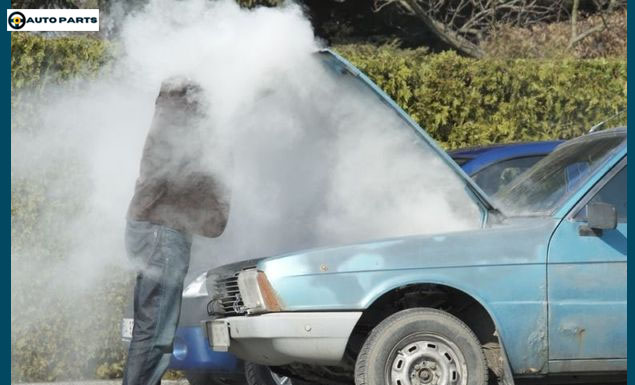
How to Repair a Car Temperature Gauge That Goes Up and Down
If your car temperature gauge is not working properly, you should investigate the problem. If you discover a faulty part, act quickly to correct the problem. Hesitating to repair your car can result in severe damage. Here are some simple and practical steps to correct these mechanical issues, as well as a bucket to drain the coolant.
Replacing a Faulty Thermostat Valve
As previously stated, the thermostat is a low-cost car part that can be disastrous if not replaced promptly when it develops a fault. Here’s a quick fix for a broken thermostat.
- Allow the car to cool down for around 15 minutes after turning off the engine.
- Determine the location of the thermostat valve. It is typically installed at the bottom or top of the car’s radiator.
- Increase your clearance by jacking up your car.
- Take off the radiator cap.
- Drain the radiator and safely disconnect the thermostat.
- Check to see if the thermostat is still working. To be sure, submerge it in a hot water basin and see if it opens. If it stays close, it has become ineffective.
- Replace the old thermostat with a new one. Before replacing your coolant plugs, make sure they are all in good condition.
- Start the engine to see if the car temperature gauge has improved noticeably.
Changing a Bad Coolant Temperature Sensor
The coolant temperature sensor (CTS) is usually located near the radiator’s base. A broken coolant temperature sensor is a common cause of incorrect temperature readings (CTS). The CTS suffers from engine knocking as soon as it is damaged. Engine knocking occurs when fuel burns unevenly in the engine cylinder, causing pre-ignition shocks and noise.
Replacement of a bad temperature sensor typically costs between $145 and $195. The fee includes both the cost of the part and the cost of labor. If you want to buy a new sensor, you should budget between $65 and $90.
Follow the steps below to repair a bad CTS
You may use an effective OBD2 scanner to see if the sensor is still working to confirm if it is in good condition.
- Allow your car to cool down for 20 minutes if the CTS is not working.
- Jack up the front of the car for more clearance.
- Remove the radiator cap.
- Drain the radiator’s coolant/water.
- Make sure the CTS wiring connector is disconnected.
- Continue by removing the faulty temperature sensor.
- Replace the temperature sensor.
- Continue by reconnecting the wiring connector.
- Start your engine and check to see if the gauge works.
Air in the Coolant System Diagnosis
When air enters the radiator, it creates air pockets, resulting in an unstable temperature inside the engine. This can cause the engine to overheat. To correct this error, remove the air by following the steps below.
- Jack up your car with the bonnet open for a better view.
- Take off the radiator cap.
- Start the engine of your vehicle so that coolant can circulate throughout the radiator and engine.
- The trapped air inside the radiator will start to burp out as the car is tilted.
- All trapped air will be removed after about twenty minutes of steaming up the engine.
- You may proceed to close the radiator cap and lower the vehicle.
- Check to see if there are any more burping noises.
- If there is no noise, top up the coolant if it has dropped in level.
For more relevant hacks and solutions for your vehicle problems. Visit the Auto Vehicle part. Finding International International Used car parts can be a complex task, but not with the help of Auto Vehicle Parts.
Q: What does it mean if your temperature gauge fluctuates?
This simply indicates that your engine has become overheated. Several factors can contribute to an overheated engine. These factors may include coolant leakage, a clogged radiator hose, a faulty thermostat, a poor water pump, and a failed radiator fan. If the car temperature gauge has developed a fault, it could also be the culprit.
Q: Is it normal for the temperature gauge in my car to fluctuate?
A car temperature gauge is typically designed to last a long time and gradually rise from cold to stay in the middle. So, if you notice the indicator fluctuating, you should act quickly to determine what is wrong and correct it.
Q: Should my temperature gauge be cantered?
After a few minutes of driving, the temperature gauge in the car gradually moves from cold to middle. When your vehicle is fully operational, the average level of the temperature gauge is near the center. Anything above this level necessitates immediate attention.
Q: What does it mean when your thermometer remains cold?
Normally, your temperature gauge will remain cold until your engine has run sufficiently. Then it gradually begins to ascend. If the temperature gauge is stuck on cold, the gauge may be broken or the thermostat may have failed. If the thermostat constantly releases coolant to the engine, the engine cools, affecting fuel economy and performance.
Q: Where should your car’s temperature gauge be located?
On the temperature gauge, there are usually hot and cold markings. If you look closely, you will notice a mark in the center. This middle mark indicates your vehicle’s average temperature. The needle on your vehicle’s

